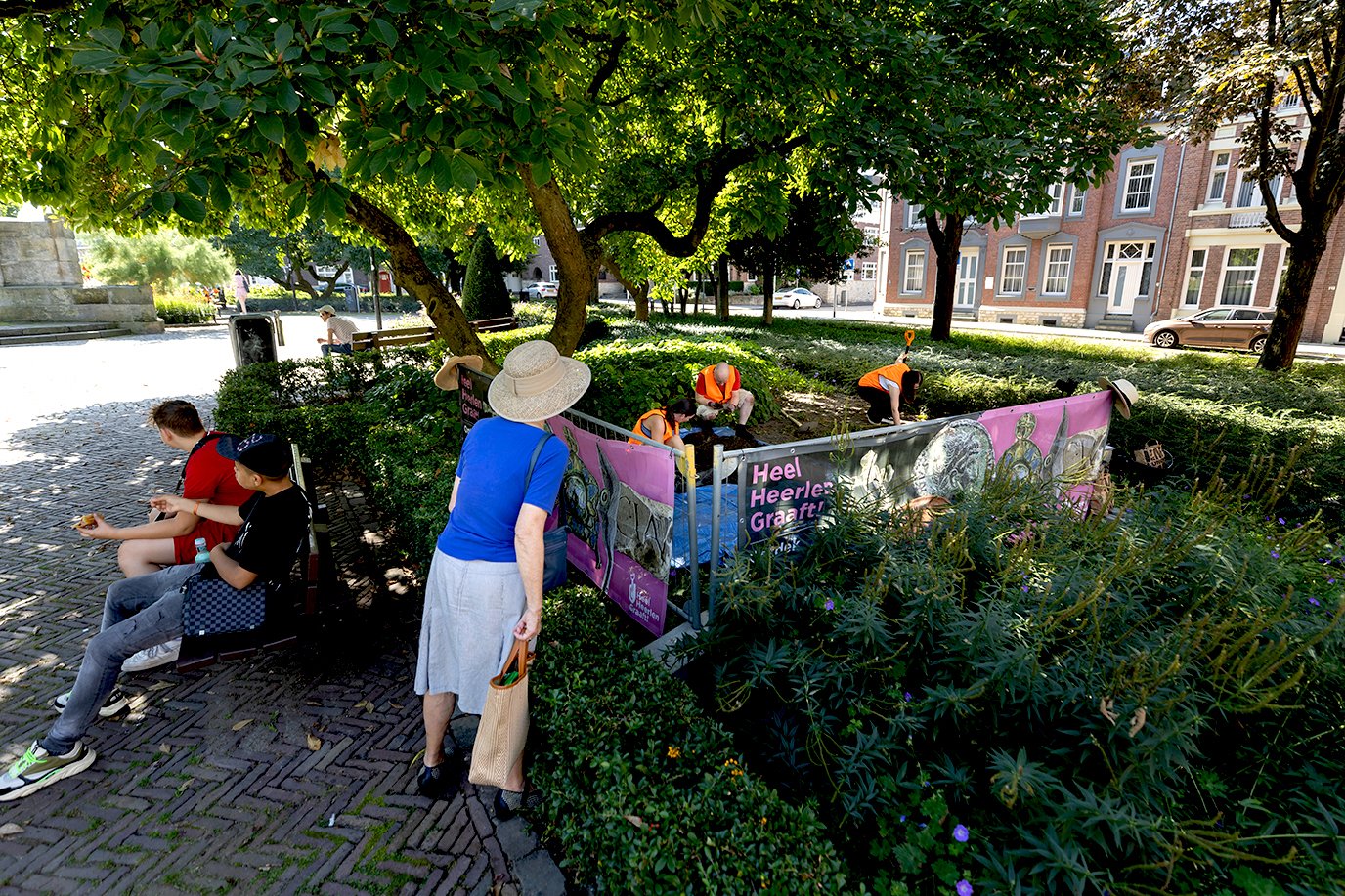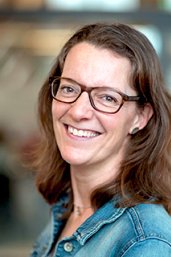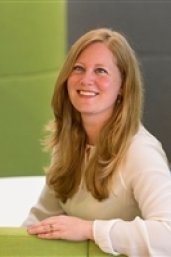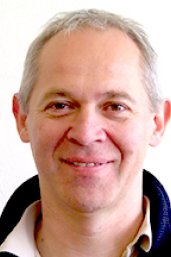Science
Citizen science, in-depth and mind-broadening
Good news for anyone who sometimes dreams of making an important discovery but who has not made a career as a researcher, inventor or explorer. The general public are increasingly being called upon to help with scientific research. Citizen scientists can play their part, not only as test subjects but also as treasure hunters, stargazers or AI trainers. We put three projects under the spotlight.

Every resident of Heerlen …

… was invited, at the beginning of this year, to take part in the archaeology project ‘Heel Heerlen Graaft!’ [Heerlen Digs]. And the invitation succeeded in its objective: during Open Monuments Day in September, people were digging all over Heerlen. In 25 locations throughout the city people searched for remains from the city’s Roman past, as part of the multiannual research project Constructing the Limes. The digging took place on public land and in the back gardens of twenty Heerlen residents. Each person excavated and combed through precisely one square metre, under the supervision of an archaeologist and students from the Archaeology degree programme of Saxion University of Applied Sciences.
The excavations involved a wide range of stakeholders: residents, the local authority, the Thermenmuseum, the provincial archaeology museum De Vondst, the regional archaeology association and a number of different local schools.
Suddenly there are 150 people working on your project, that’s amazing!
says project leader Saskia Stevens. Basically, 25 plots are being excavated on what is an amazingly interesting site. Heerlen was at the crossroads of two important through roads in the hinterland of the border of the Roman Empire, the Low-German Limes. There is a wealth of information in the ground. All pieces in the jigsaw puzzle of Roman history. Never before have we had so many ‘pits’ dug like this at the same time here. There is a strong possibility that this will help us find out more about the layout of the city, the types of buildings that stood here and what people ate. This is the first time that I’ve worked with such a large group of people in a public excavation but we will certainly be doing more of this in the future. We are in talks with local authorities in the Netherlands and Belgium. Two years ago, during an interview with RTV Utrecht on the Limes project, I said that the intention was that everyone should be able to get involved. And that’s what’s happening!
At the end of October, Saskia Stevens won the Open Science Recognition Award from CHARM-EU for the Constructing the Limes project.
All city dwellers …

… aged eighteen or above with a smart phone can take part in a major study around the interplay between living environment and health. How healthy someone is depends on a combination of genetic factors and the ‘exposome’, the totality of external factors. The quality of the air that someone breathes plays a role, as do the number of positive social interactions or the noisiness of the environment. In order to identify all these factors, around a thousand urban residents are wearing a wristband day and night that captures the chemical substances to which they are exposed. Two sensors monitor the air that they breathe, both at home and when they are out and about, while a GPS tracker tracks where they are. Finally, the participants record how they are feeling, what they are doing and where they are doing it in an activities diary.

All this data together gives us a good idea of the living conditions in cities
, says Martje Ebberink, communications adviser for the project. We already know from previous research that a green environment is good for people’s health. But how do all the factors together affect your health? Ultimately, this produces a map of the Netherlands that can help policymakers, architects and engineers design a healthy urban environment.
The Exposome Panel Study is part of the European research project EXPANSE, which covers a period of ten years in total. As well as the Netherlands, environmental factors in Spain, Poland, Greece and Switzerland are also being comprehensively measured by urban residents. Participants have to do quite a lot for us
, adds Martje. And it will be years before we get the results. So we’ll organise meetings for them so they can share their experiences and talk to the various experts. That way, they’ll get a bit of a look behind the scenes.
Would you like to take part in this study or to find out more about it? If so, check out exposoompanel.nl
Every citizen of the world...

… can help look for as yet unknown events in space, such as new black holes using the Black Hole Finder app. A black hole is an area from which nothing can escape, not even light. A hole like this occurs when a massive star explodes and it often ‘grows’ by absorbing material from the environment. Images are received continuously from telescopes that have been set up all over the world. From this constant flow, computer programmes make a selection of images that may show something interesting.

Scientists then examine these images. Unfortunately, computers aren’t yet all that good at distinguishing between an actual event, such as a collision between two neutron stars, and optical illusion. That is where citizen scientists can help. Through the app, they get to see the initial selection of potentially promising images and assess whether they actually show an interesting event. If multiple users regard the images as interesting, they are submitted to the astronomers involved. The app gives examples and explains what can be seen. So participants are ready to search and make new discoveries. Prior knowledge is not necessary; anyone who is curious and keen to learn more about space can take part in this research.
The great thing is that every user of the app helps science by making a good selection and, at the same time, trains the existing selection programmes. Data from the participants is used in turn for machine learning. That way, these systems get better and better at evaluating the images,” explains Stefan Vandoren. He is involved with the project through the Dutch Black Hole Consortium. “The more data, the better. The success of the initiative depends on the number of users. So we’re hoping for a large number of participants, worldwide.

